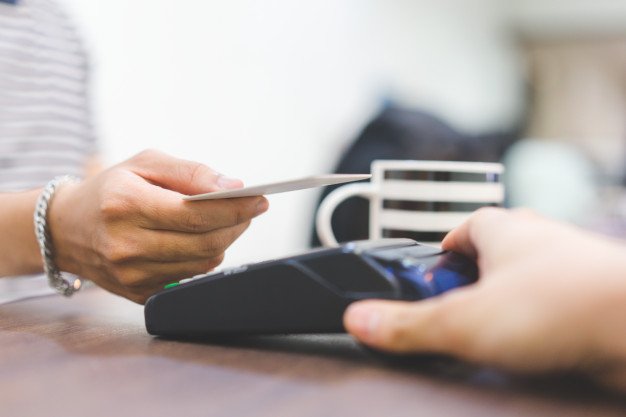Things happen, circumstances change, and often, people find themselves unable to pay their taxes. If you find yourself in a similar position, it is important that you understand the gravity of the situation. Continued refusal to pay your taxes could lead the IRS to take it forcibly: by garnishing your wages or putting a lien on your assets.
However, according to Glenn Sandler, CPA, founder of G.I. Tax Service, there is no need to panic. If you can’t pay your taxes or you owe an amount in back taxes, you can enter into an agreement with the IRS and leverage one of their several payment options. Here is how to go about it:
Ensure that you are in filing/payment compliance:
To enter into an agreement with the IRS, you must ensure that all your tax returns are filed. The next step is to keep enough of your wages aside to pay off your taxes for the current year. To do this, you will need to estimate your tax returns for the year and ascertain that the wage percentage that was withheld will suffice. If you don’t know how to file tax returns or make accurate enough estimations, please contact tax professionals that will help you through the process.
Review your tax returns:
Check your tax returns to ensure that the balance that the IRS expects you to pay is correct. The smart play is to calculate your returns for the years you owe and the 3 years that precede it, i.e., if you owe taxes for a year, review your account for the past 4 years. By doing so, any discrepancy between your calculated returns and your tax balance (according to the IRS) can be remedied. Also, if you incurred any penalties in the past, you can try to get them reduced or removed completely.
Enter an agreement with the IRS:
Once you have filed your taxes and are back in compliance, and have confirmed that you owe exactly what the IRS says that you do, the next thing to do is enter an agreement with the IRS. The alternatives available include:
- A brief extension of the payment period.
- The different installment agreements (monthly payment plans with varying terms and conditions).
- Postponed payment (known as currently not collectible status) for people in financial hardship.
- An offer in compromise (OIC); a settlement option that allows taxpayers with special and extenuating circumstances to clear their debt by paying a portion of their total balance.
Depending on their individual situations, taxpayers with back taxes are eligible for one of the above. Before deciding on which of them to apply for, evaluate your current assets, calculate how much you can pay per month, and consider the effect of incurring even more interest and penalties.
Consult a tax professional:
If you don’t know how to do any of the above, your best bet is to reach out to a tax expert at G.I. Tax Service. They can help you file your returns and ensure that you are in compliance, check your tax returns and correct any discrepancies, and apply for one of the IRS’ payments options after considering your financial circumstances.
When managed smartly, tax debt does not have to be disruptive. All you have to do is secure a payment plan that works well with your income, and before you know it, the debt is all gone.
Read Also:






















